Werkbund Exhibition in Vienna, 1930
© Wien Museum

Werkbund Exhibition in Vienna, 1930
© Wien Museum

Werkbund Exhibition in Cologne, 1914 – Austrian House
© Imagno
The Austrian Werkbund
The Austrian Werkbund was founded in 1912 on the lines of the German Werkbund, aiming to ‘ennoble’ the work of product manufacturers by encouraging collaboration between art, crafts, and industry. In its first general assembly in 1913, the underlying concept of the Werkbund was reiterated by its chairman, Baron Adolf Bachofen von Echt: ‘The Werkbund desires to contribute as much as possible to establishing better-quality working practices, to achieving better- or superior-quality products. However, this should include not only expensive, luxury objects […] but also plain, simple and inexpensive wares which can be of superior quality as long as they present themselves honestly for what they are without attempting to pass themselves off as valuable objects’. The newly established association did not want merely to create highly priced objects for a social elite but aspired to ensure that ‘the less well-off, the lower middle and working classes, albeit within very modest limits […] are offered only products that provide joy through their fitness for use and which foster the culture of domestic living’. Among the members of this association of artists, industrialists and craftspeople were Josef Hoffmann, Josef Frank, Oskar Strnad and Dagobert Peche.
The Apogee of the Austrian Werkbund
The Austrian Werkbund, which chiefly concentrated its activities on Vienna and its environs, went through two main phases in its existence. The first high point was its participation in the first Werkbund Exhibition at Cologne in 1914, at which the Austrian association came down clearly in favour of the purely handcrafted object, adopting an attitude of barely disguised scepticism towards progress and industrialisation. The heyday of the early years was followed by a lengthy period of stagnation until the end of the 1920s, when it again experienced an upsurge culminating in the construction of the Vienna Werkbund Estate. Frank, who had been the only Austrian invited to participate in the Stuttgart Werkbund Exhibition in 1927, became the central figure in the Austrian Werkbund and campaigned for the model exhibition to be held.
Division and decline
The Vienna Werkbund exhibition in 1932 represented the realisation of a utopian project, built however at a time when it was already becoming obvious that for political and economic reasons there was no future for the kind of architecture and lifestyle that was based on the concept of individual freedom. The Austrian Werkbund began to fall apart shortly after the exhibition. The final split came in 1934 as a result of the founding of the Neuer Werkbund by Clemens Holzmeister, which with its right-wing, conservative and latently anti-Semitic tendencies was diametrically opposed to the existing, left-wing Werkbund association led by Josef Frank. The latter went into exile in Sweden later the same year. This sounded the death knell for the old Werkbund before it was finally dissolved by the National Socialists in 1938.
Text: Anna Stuhlpfarrer